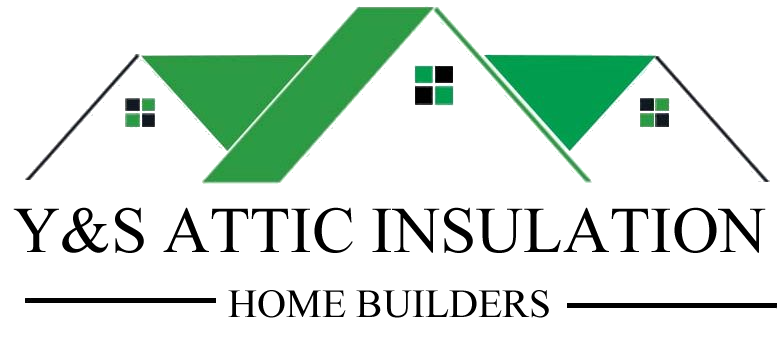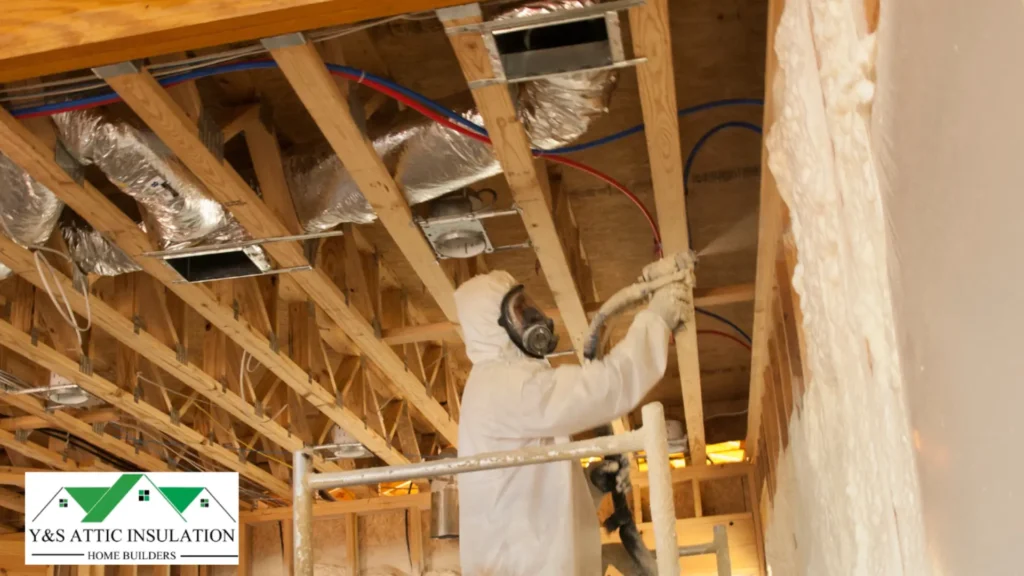Proper insulation installation is essential for maintaining energy efficiency, indoor comfort, and overall home health. However, even minor mistakes during the installation process can lead to significant problems down the line. Understanding these common pitfalls and how to avoid them can ensure that your insulation performs as expected, providing long-term benefits for your home.
Choosing the Wrong Insulation Type
One of the most common mistakes in insulation installation is selecting the wrong type of insulation for a specific area of the home. Not all insulation materials are created equal, and different types are better suited for different parts of the house. For example, fiberglass batts might work well in walls, but spray foam may be better for attics or crawl spaces.
Insufficient Coverage
Another frequent error in insulation installation is not providing adequate coverage. Gaps, voids, or thin spots in insulation can severely reduce its effectiveness, leading to energy loss and increased utility bills. This is often caused by improper cutting or fitting of insulation materials or by overlooking small areas like corners and edges. To ensure complete coverage, take the time to carefully measure and fit the insulation, or hire a professional who can guarantee thorough and precise installation.
Compressing Insulation
Many homeowners mistakenly believe that compressing insulation materials can enhance their insulating properties. In reality, compressing insulation reduces its ability to trap air, which is crucial for effective thermal resistance. Overstuffing insulation into a space or compressing it under pressure diminishes its R-value, meaning it won’t perform as efficiently as it should.
Ignoring Ventilation Needs
Proper ventilation is critical in areas like attics and crawl spaces where insulation is installation. Without adequate ventilation, moisture can build up, leading to mold growth, wood rot, and other structural issues. Many homeowners overlook the importance of maintaining proper airflow when installing insulation, which can compromise the long-term health of the home. To prevent this, ensure that ventilation is not obstructed during installation and that any existing vents are properly maintained.
LEARN MORE:
The Impact of Insulation Installation on Indoor Comfort and Air Quality


